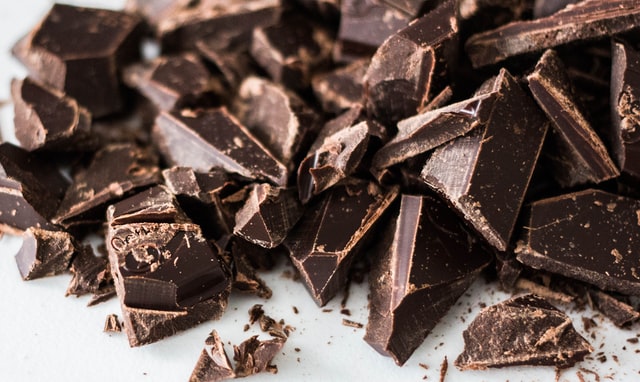
Preventing the chocolate extinction
10 September, 2020
Imagine a world without chocolate. Horrifying, but a real possibility if we don’t address the impacts of climate change.
We know chocolate is not the most sustainable product out there – it needs a whopping 2,000L of water (that’s about 25 full baths!) to produce just 100g grams of the brown deliciousness. Further still, cocoa trees are fussy and grow only in a humid 20-degree band to the north and south of the equator. Today, 70% of the world’s cocoa is produced in just two countries: Ghana and Côte d’Ivoire.
By 2050, however, as average temperatures rise and summers become scorching, 90% of today’s top cocoa producing locations could be less suitable for production. ClimateAI, which focuses on improving climate resilience in agriculture, found that in 40 years, Brazil and Guyana may be the sweet spots for cocoa production, leading to further problems. Sustainable agriculture is already difficult within the cocoa industry, and introducing the valuable crop to new countries will likely increase deforestation and inefficient land-use, as these nations scramble to start intensively farming the new cash crop. Ghana saw its rainforest canopy shrink from over 35% to under 4% since 1990, due to unsustainable farming practices.
It’s not all bad news, though! To keep feeding your chocolate addiction, you just need to support chocolate companies operating with a purpose and incentivising cocoa producers to farm sustainably. Our Cocoarunner friends recommend Original Beans, which pledges to plant a tree for every bar, or Akesson chocolates, which plant peppers next to cocoa trees to reduce the amount of water needed. Fruity Cacao Nibs from Tanzania, anyone?
By Marie Guérinet
 Back to all friday 5
Back to all friday 5